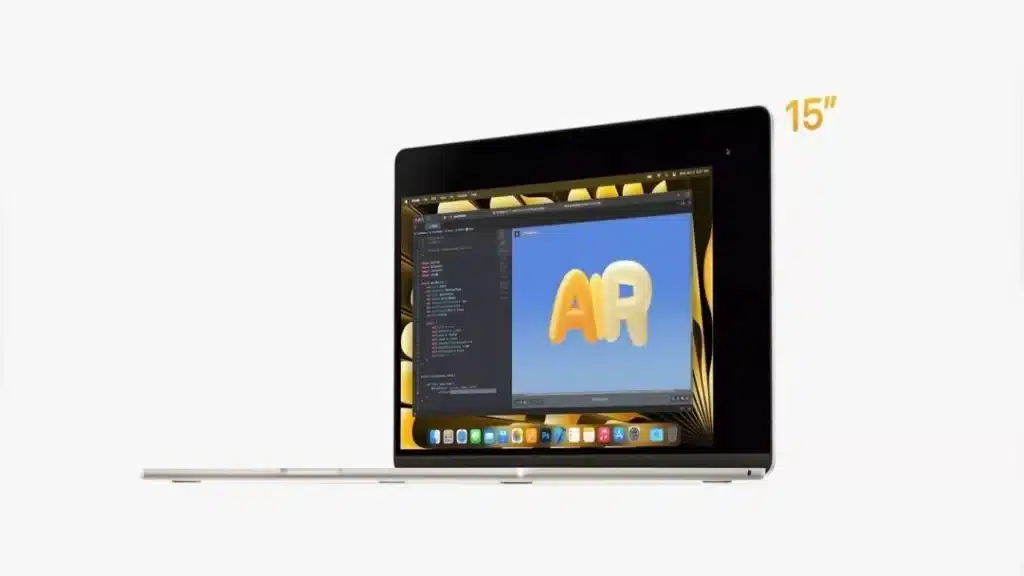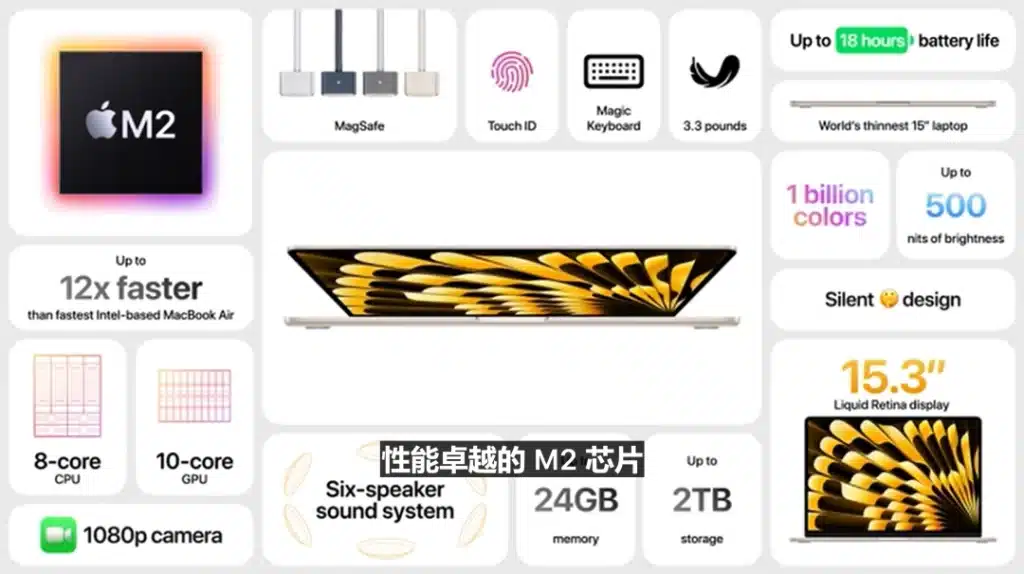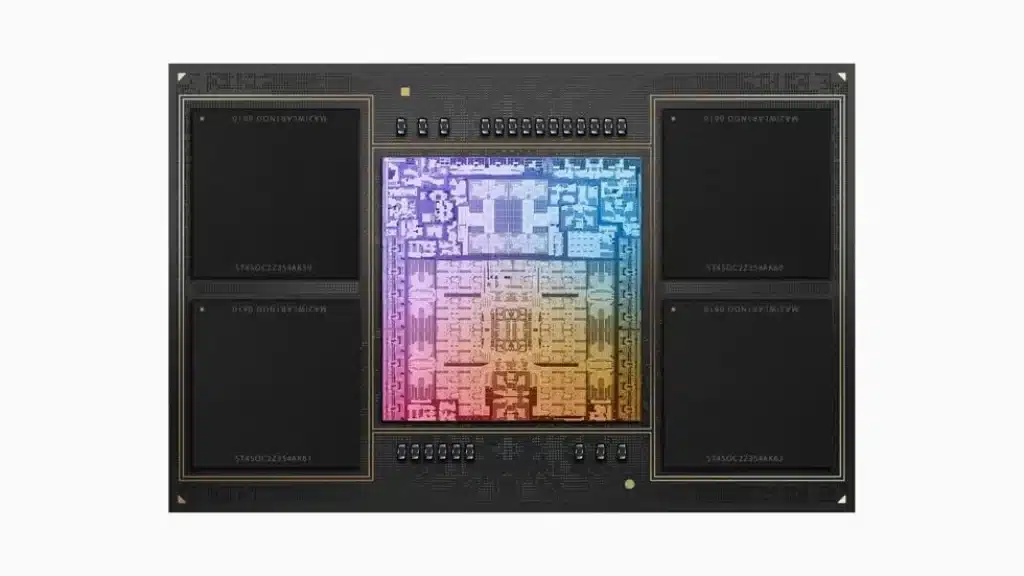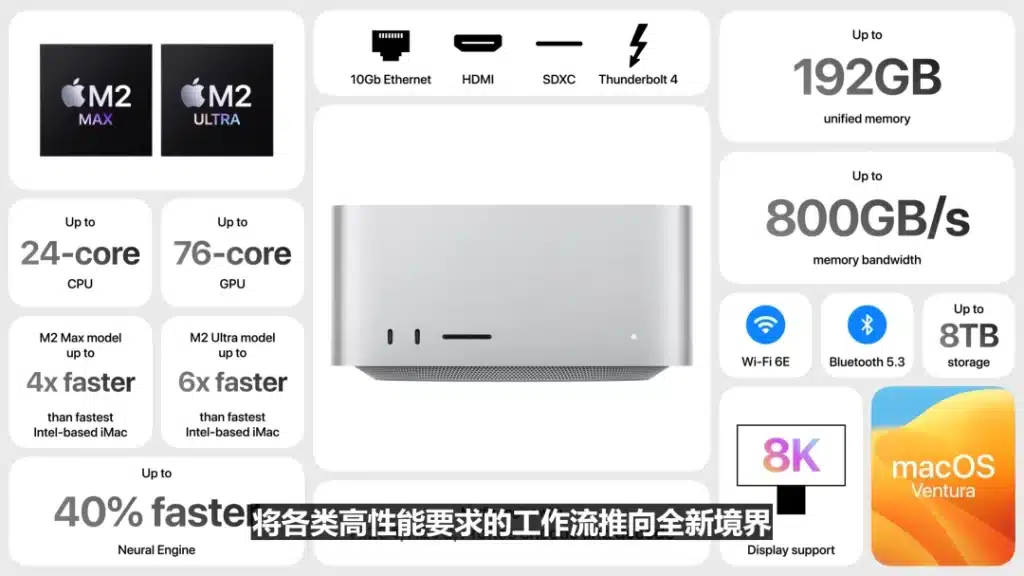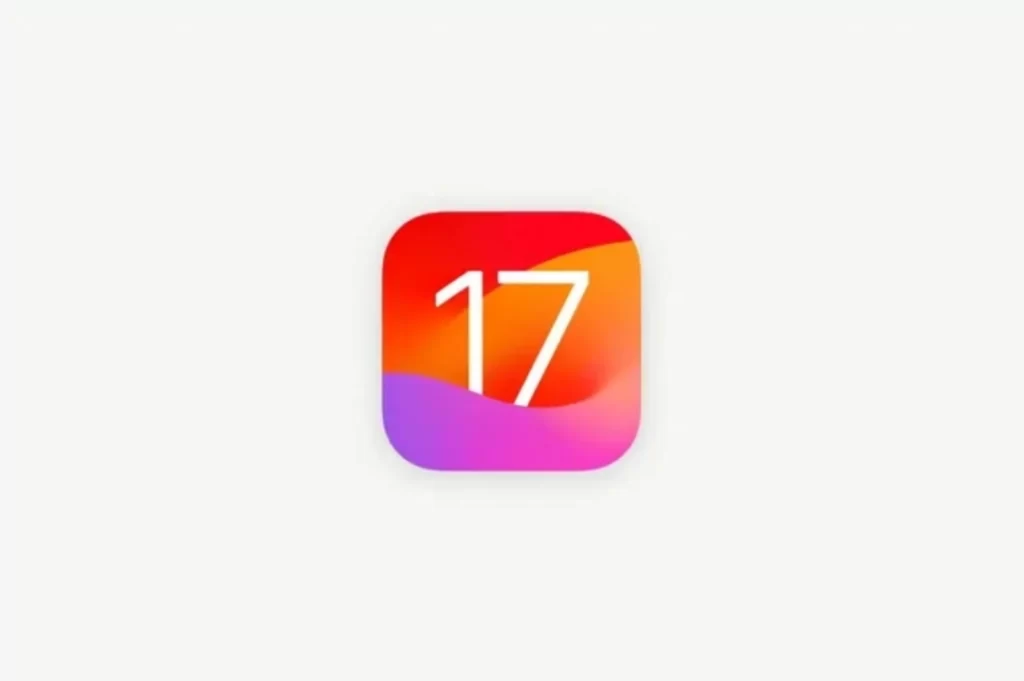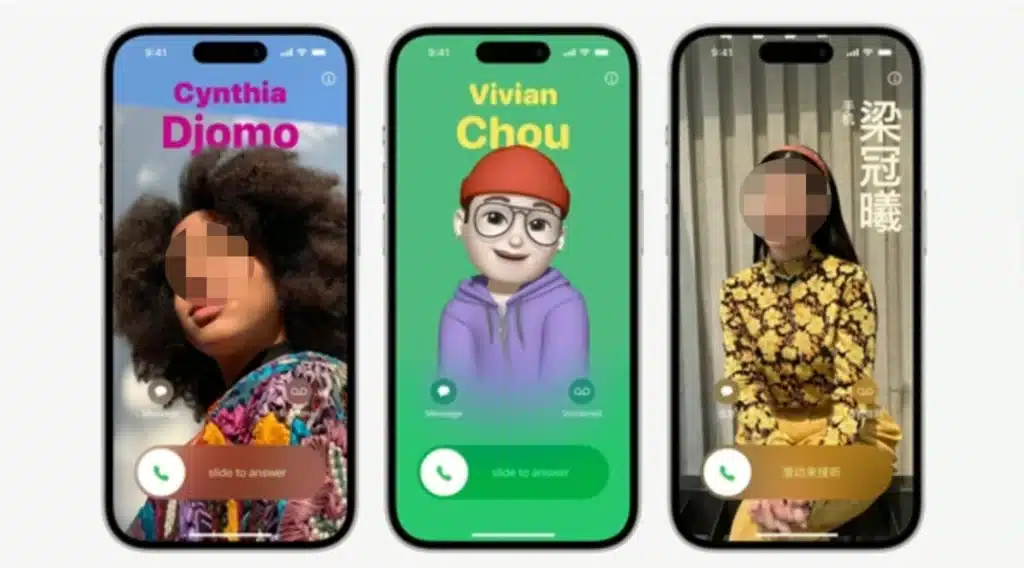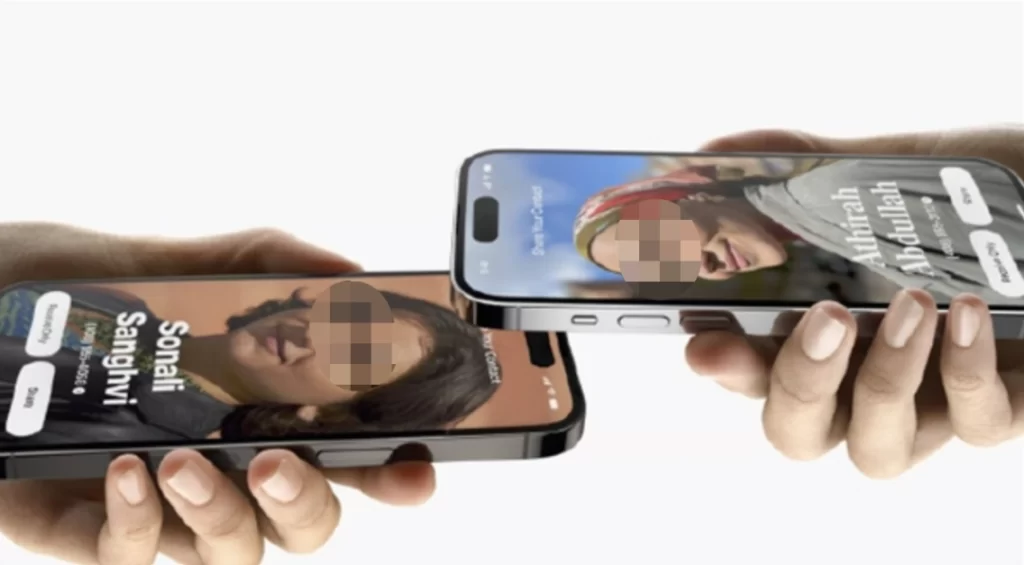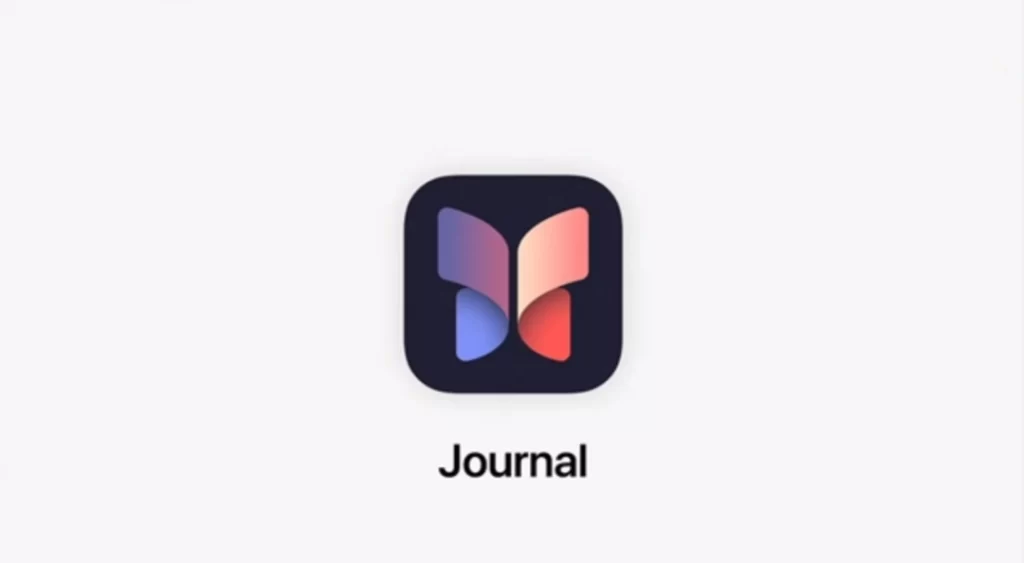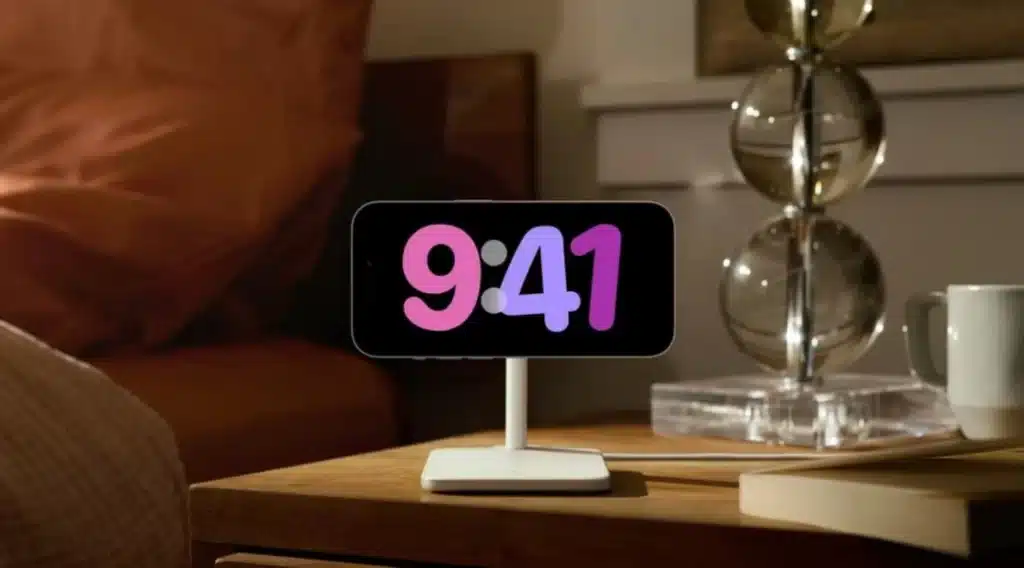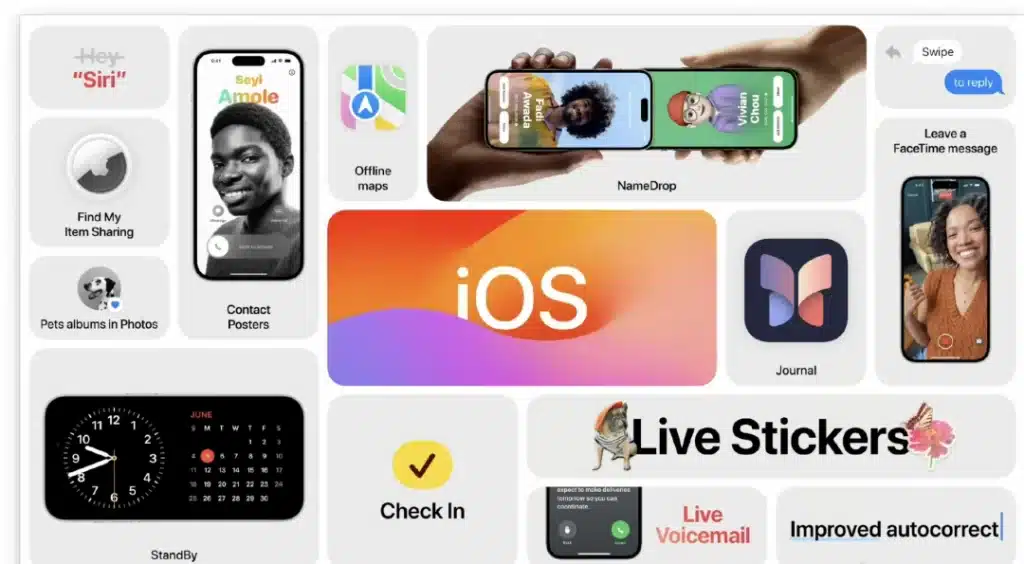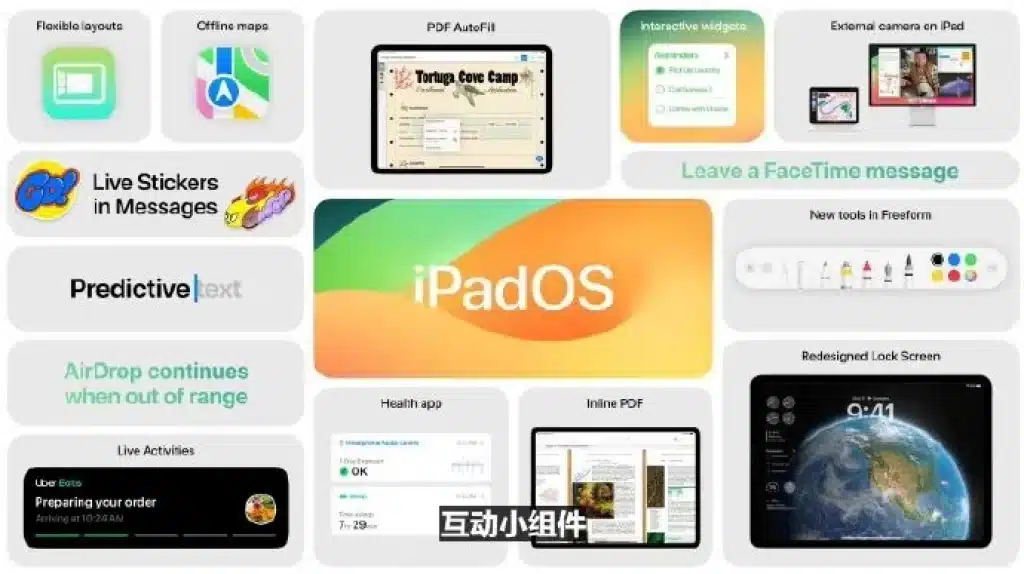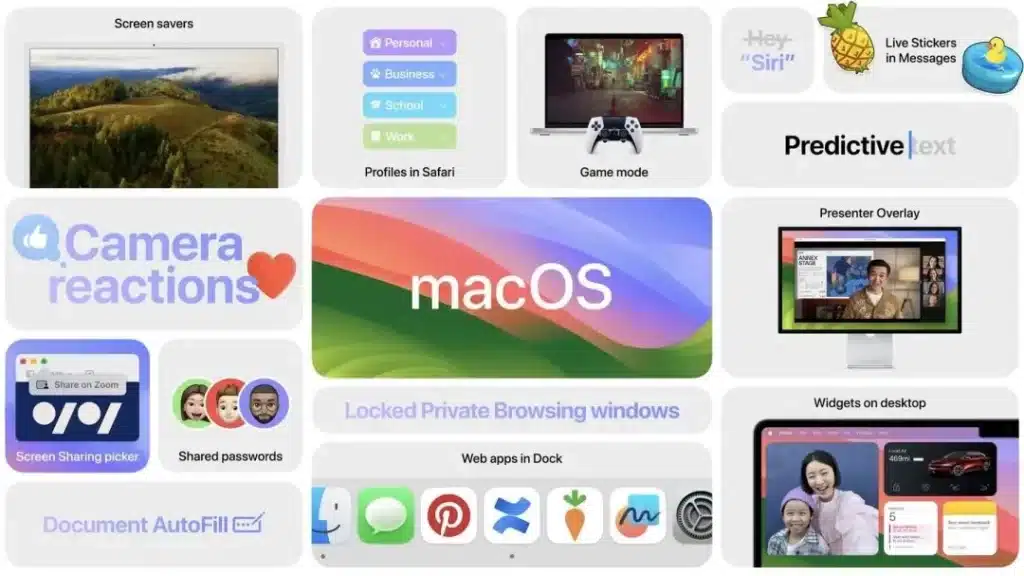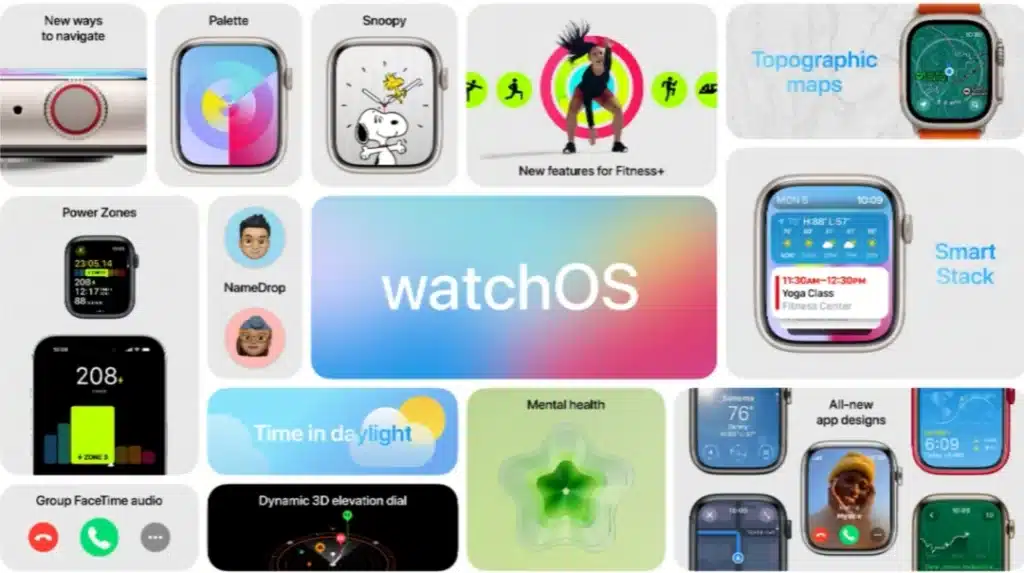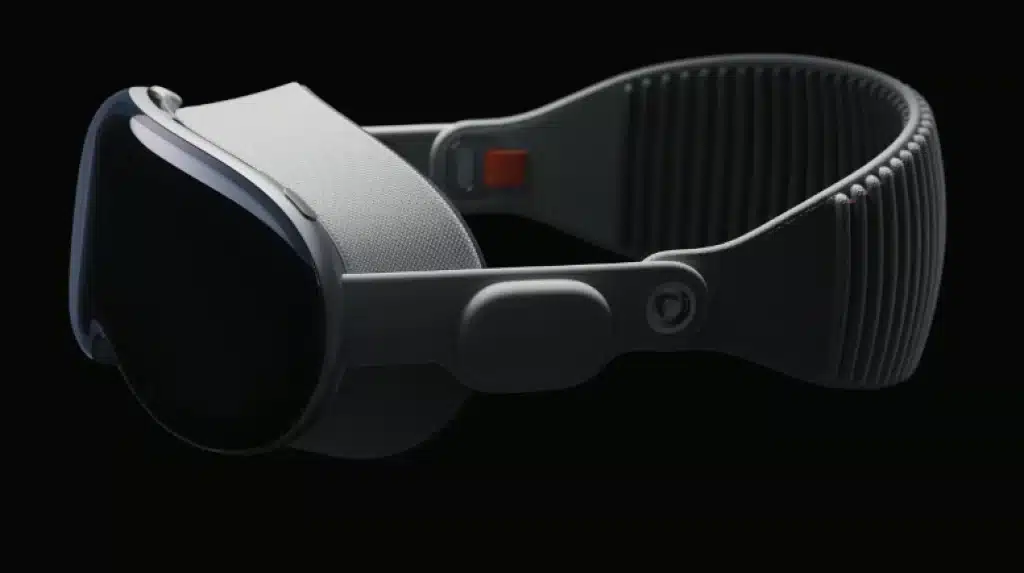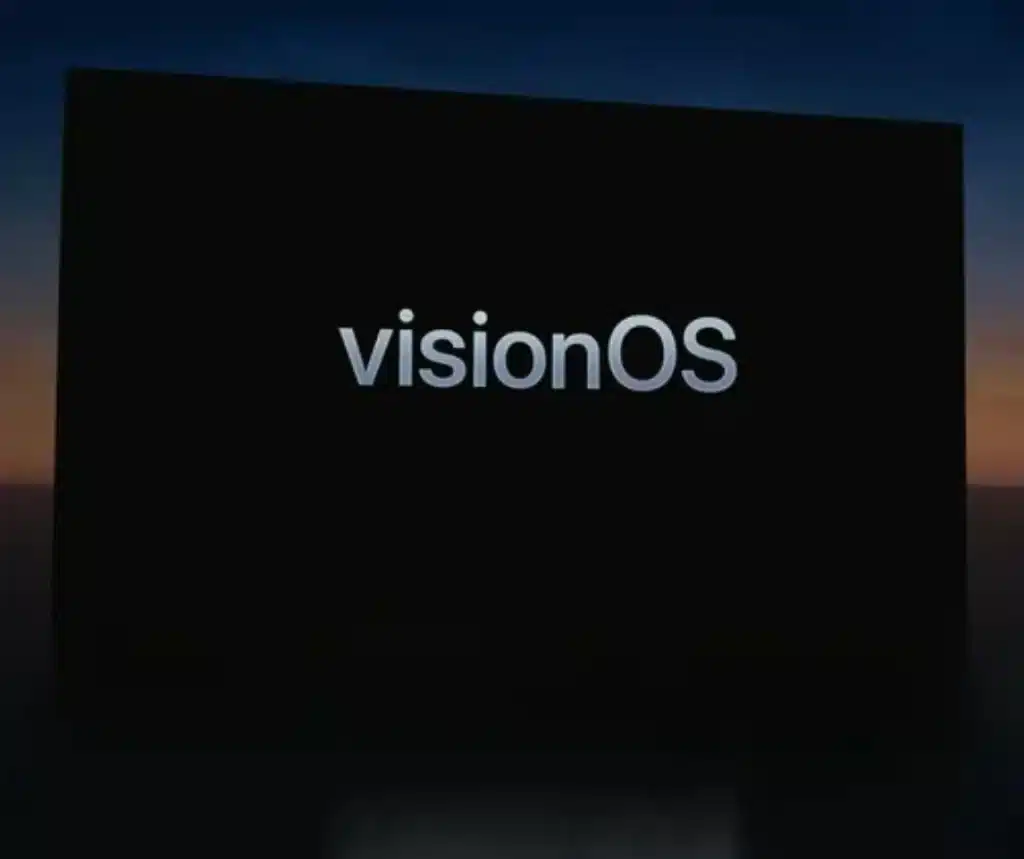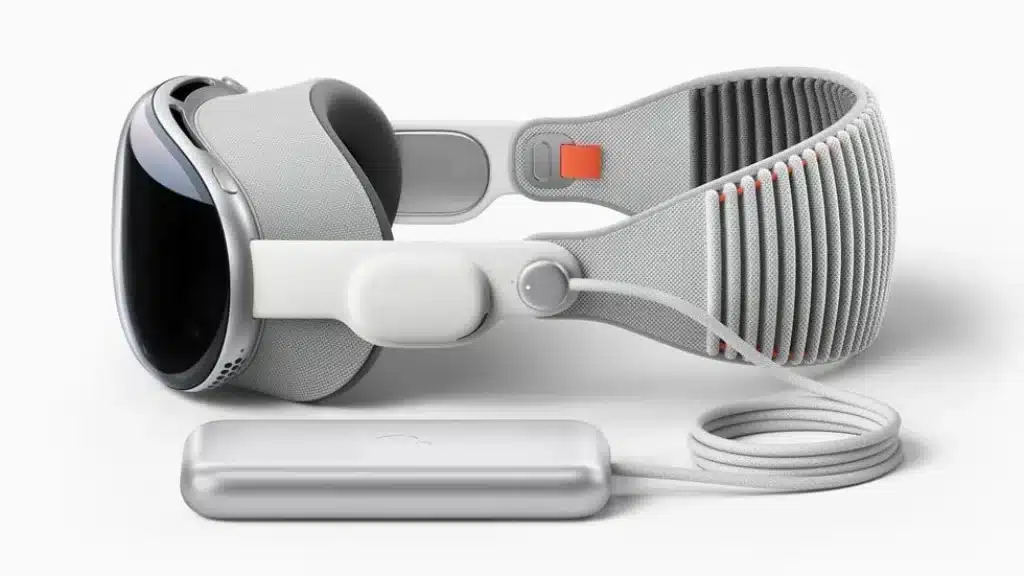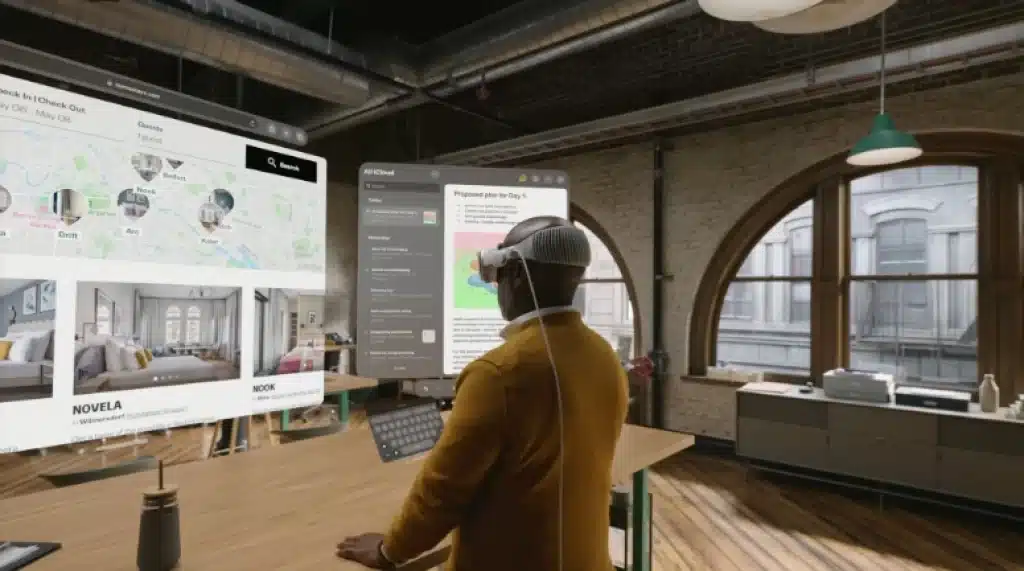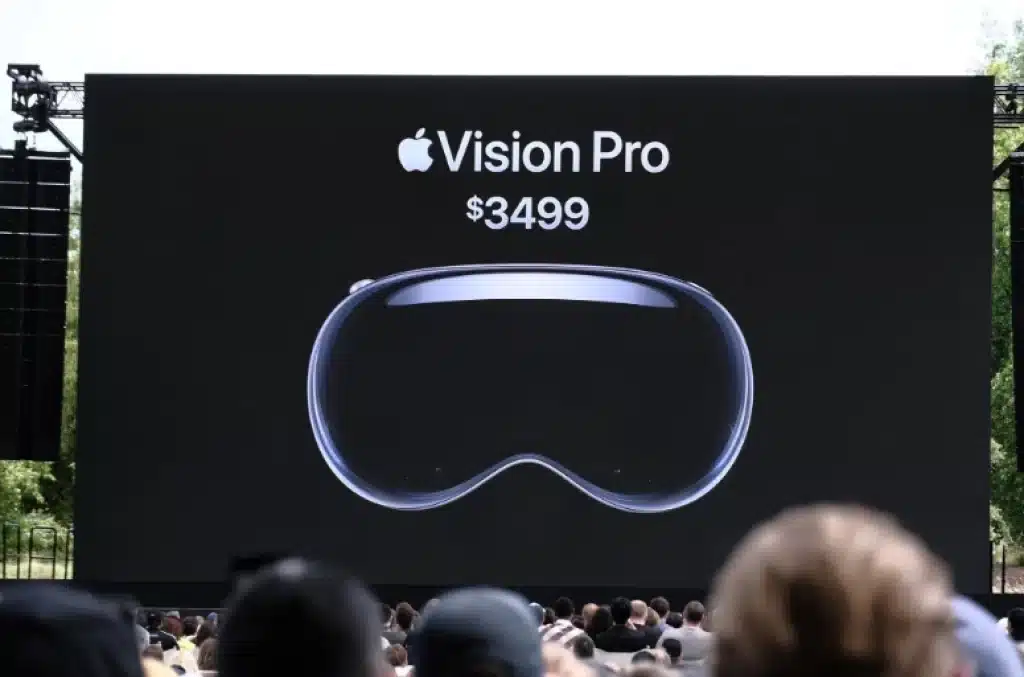Gizcoupon June 6th News: Apple WWDC23 Worldwide Developers Conference has arrived as scheduled.
As anticipated, Apple not only unveiled the updates for iOS 17, iPadOS 17, macOS, watchOS 10, and tvOS 17 operating systems but also introduced a series of new hardware products:
M2 Ultra, MacBook Air 15, Mac Studio, Mac Pro, and the highly anticipated debut of their first augmented reality headset, Vision Pro.
Among them, iOS 17 and Vision Pro undoubtedly captured the most attention, especially the latter, unveiled, revealing its true capabilities, greatly anticipated by the masses.
In the eyes of many, Vision Pro is poised to become a revolutionary product, potentially creating another “iPhone moment” for Apple.
A continuous stream of new products accompanies routine system updates. There are numerous highlights and details worth noting. Let’s delve into each one.
MacBook Air 15
At Apple WWDC23 Developers Conference, Apple introduced the MacBook Air 15, claiming it to be the best and thinnest 15-inch laptop available.
As a 15-inch laptop, the MacBook Air 15 boasts a thickness of only 11.5 millimeters and weighs 1.49 kilograms, with bezels measuring a mere 5 millimeters.
The new MacBook Air is powered by the Apple Silicon M2 chip, featuring an 8-core CPU and a 10-core GPU combination.
Apple claims that it is 12 times faster than the Intel chip version, with a battery life of 18 hours.
Although specific models were not mentioned, Apple compared the performance of the MacBook Air 15 to a mainstream 15-inch laptop, stating that it offers twice the performance and the peak screen brightness is 1 time brighter.
The overall configuration is as shown in the figure: four color options, two Thunderbolt ports, a 1080p camera, three microphones, six speakers, 1 billion colors, and a brightness of 500 nits.
In terms of pricing, the 8GB+256GB version is priced at approximately $1478, and the 8GB+512GB version at around $1689. Pre-orders will begin at 9 a.m. Beijing time on June 7th, with official sales commencing on June 13th.
M2 Ultra
After introducing the MacBook Air 15, Apple unveiled a more powerful Mac product. They released the final member of the M2 chip series—M2 Ultra.
Similar to the M1 Ultra, the M2 Ultra is also assembled from two M2 Max chips. It utilizes the UltraFusion architecture, which enlarges the intermediate layer’s area by stitching together mask patterns using chip-on-wafer bonding technology.
Previously, the M2 Max chip was featured in the 14-inch and 16-inch MacBook Air models. It has a 12-core CPU and 30-core GPU, supporting up to 96GB of memory.
The M2 Ultra, on the other hand, naturally doubles the specifications. It boasts a 24-core CPU, a 60-core GPU, and a staggering 192GB of memory. Additionally, the highest-end version even features a 76-core GPU.
Compared to the M1 Ultra, the M2 Ultra offers a 20% improvement in CPU performance and a 30% improvement in GPU performance. It is the most powerful Apple Silicon chip to date.
It’s worth mentioning that the M2 Ultra is six times faster than the fastest Intel-based iMac. Furthermore, a Mac equipped with the M2 Ultra can simultaneously play 22 streams of 8K ProRes video.
However, the neural engine cores of the M2 Ultra remain at 32, and the total bandwidth remains at 800GB/s.
Mac Studio
Following the release of the M2 Ultra, Apple introduced the first device to be equipped with this chip—the Mac Studio.
However, there is also an option for the M2 Max version for the Mac Studio.
Whether it’s the M2 Max or the M2 Ultra, the performance of the Mac Studio is destined to be explosive.
In addition to the chip, the Mac Studio is equipped with HDMI and Thunderbolt 4 ports. It also supports Wi-Fi 6E and Bluetooth 5.3. It comes pre-installed with the macOS Ventura system.
In terms of pricing, the M2 Max+32GB+512GB version is approximately $2323, while the M2 Ultra+64GB+1TB version is approximately $4646. Pre-orders will begin at 9 a.m. on June 7th, with official sales starting on June 13th.
Mac Pro
The last Mac product to make an appearance is the Mac Pro, which is powered by the M2 Ultra chip. With this, Apple completes the transition of its entire product line to its in-house Apple Silicon, bidding farewell to Intel completely.
Apple officially stated that now is the perfect time for PC users to switch to Mac.
As a true performance monster, thanks to the power of the M2 Ultra, the Mac Pro, which had not been updated for four years, now boasts a CPU speed three times faster than the previous fastest Intel version. Moreover, the 76-core GPU is now seven times faster.
In terms of design, it remains similar to the previous version. It features an aluminum casing with a stainless steel inner frame.
However, the number of Thunderbolt ports has doubled to eight, and it provides six PCI slots for expansion. It also supports the Gen 4 protocol. Additionally, it supports up to six Pro Display XDR monitors.
Furthermore, it features two HDMI ports, dual 10 Gigabit Ethernet, and a 32-core neural engine for machine learning tasks. It also supports the latest wireless connectivity features of Wi-Fi 6E and Bluetooth 5.3.
The pricing for the Chinese version has been announced, starting at approximately $7,884. Orders will be accepted starting at 9 a.m. Beijing time on June 7th and will be shipped after approval.
iOS 17
After the Mac product lineup, the highly anticipated iOS 17 made its debut for iPhone users.
iOS 17 focuses on optimizing details and makes key adjustments to the Phone, Messages, FaceTime, and Lock Screen interfaces.
Here are the specific new features:
1. Posters
Apple introduces the “Posters” feature to the Contacts app in iOS 17. It allows users to add framed images during phone calls. When users call a contact with a “Poster” set, the poster will be displayed fullscreen on the recipient’s iPhone.
The incoming call interface can be customized similarly to the Lock Screen and supports a vertical Chinese display.
2. Voice Mail
Voice Mail gains a new real-time transcription feature in iOS 17. It can convert voicemail messages into text in real time locally. Users can view the transcriptions of messages left by callers in real time.
3. iMessage
iMessage introduces transcription for voice messages, location sharing, and a new feature called “Check In.” This feature allows users to share their real-time location and status with people they are meeting.
Additionally, sticker functionality is added, which allows images to be converted into dynamic stickers that can be used within iMessage conversations. Third-party apps also support this feature.
4. NameDrop
Apple updates AirDrop with “NameDrop.” After two iPhones come into contact, users can send email addresses, phone numbers, and posters to each other.
5. Keyboard
Apple improves the keyboard input method in iOS 17, which now includes built-in prediction and autocorrection. The company mentions upgrading to a new language model, streamlining existing shortcuts, and enhancing dictation functionality.
6. Journal
A new app called “Journal” makes its debut alongside iOS 17. It is a note-taking app that supports various types, including photos, music, podcasts, and locations.
7. StandBy
A new standby display feature that can show various information and widgets when enabled. It transforms the device into a smart display when in landscape orientation but requires the device to be charged.
8. Siri
As rumored before, in iOS 17, the wake-up phrase for the Siri voice assistant changes from “Hey Siri” to simply “Siri.”
9. Device Support
iPhone 8 series and iPhone X will not receive the iOS 17 update.
iPadOS 17
Following iOS 17, iPadOS 17 brings significant updates to the iPad, focusing on three main areas: foreground multitasking, personalized Lock Screen, and interactive Home Screen widgets.
1. Foreground Multitasking
As the major highlight of iPadOS 16, foreground multitasking enhances productivity on iPads. In iPadOS 17, Apple further improves this feature and provides more flexibility regarding window size and position.
2. Personalized Lock Screen
One of the highlights of iOS 16, the personalized Lock Screen feature on iPhones, is now available in iPadOS 17. Users can add different widgets to the Lock Screen interface.
3. Interactive Widgets
In addition to the personalized Lock Screen, iPadOS 17 introduces interactive widgets. These widgets can be placed on the Home Screen, providing more action options. Users can directly play music, check stock prices, or control smart home devices from the Home Screen.
4. Live Activities
The real-time activity feature from iOS is also introduced in iPadOS 17. Users can share their screens, music, or games during video calls.
5. Notes App
Apple improves the Notes app and PDF annotation in iPadOS 17. With the help of new machine learning models, iPadOS can recognize fields in PDFs. iPadOS 17 offers new ways to organize, annotate, and collaborate on PDF documents in real time.
6. Health App
In iPadOS 17, iPad users can view their health data without needing a phone. Redesigned to fit the larger iPad display, the Health app can access all health data stored on the iPhone via iCloud.
7. Other Improvements
Some of the new features from iOS 17 are also included in iPadOS 17. These include the new Journal app, updates to Find My, a range of new features in the Messages app, expanded AirDrop functionality, and smart autocorrection in text input.
macOS Sonoma
At Apple WWDC23 Developers Conference, Apple officially announced that the next version of macOS will be named Sonoma.
The major highlight of this system is its support for desktop widgets. It allows users to add all the widgets available on their smartphones, enabling them to customize their wallpaper as a screensaver.
Furthermore, Sonoma introduces a brand new gaming mode. Apple claims this mode applies to all games on the Mac platform. It reduces audio latency for AirPods and doubles the Bluetooth sampling rate when connecting Xbox or PlayStation controllers.
Moreover, it grants games the highest priority for both CPU and GPU, resulting in a smoother gaming experience.
Additionally, Apple has provided developers with a new game porting toolkit. This enables developers to port games from other platforms to Sonoma easily.
During the Apple WWDC23 Developers Conference, Apple invited Hideo Kojima to announce that “Death Stranding: Director’s Cut Version” will be available on Mac by the end of the year.
Furthermore, Sonoma has improved the effects of video conferencing. It allows the use of AR effects during meetings.
WatchOS 10
Following the tradition, Apple has also made updates to watchOS. There are five major changes in watchOS 10:
1. Widget Regression
By rotating the digital crown, users can access widgets. They can easily and quickly view weather information and messages through the rotation gesture. Additionally, the colors of the time component will change over time.
2. Watch Button
The customization options for the watch button have been further enriched. Users can assign different functions based on their preferences when pressing the digital crown.
3. Add New Watch Faces
The watch faces now come in richer colors. Three new watch faces with three layers of different hues have been added, including Snoopy and Woodstock as featured characters, enhancing the fun factor.
4. Health Features
There is a focus on mental health in this update. Abstract images are used to record users’ emotions, and standardized assessment tests can be conducted. Additionally, self-assessment features for depression and anxiety have been added.
5. Fitness Features
Improvements have been made to cycling and hiking, making the detection of bodily data more accurate. The new “Vision” feature has been added to record the time users spend using the Apple Watch. A new feature called “Screen distance” has been introduced to track the time elapsed since the last use of the Apple Watch.
tvOS 17
tvOS 17 was also present at Apple WWDC23 Developers Conference. Apple announced the introduction of a brand new FaceTime application for Apple TV in tvOS 17. This allows users to make video calls on the big screen.
Apple stated that users could launch the FaceTime application on Apple TV using the Continuity Camera feature. It can also wirelessly connect to iPhones and iPad. Users can mirror incoming calls from their iPhones to Apple TV for communication.
The FaceTime interface on Apple TV can intelligently center the main speaker and automatically adjust the layout of the live stream source when new users join.
Additionally, Apple has opened up the related Continuity Camera API to developers, allowing third-party video calling applications such as Zoom and Webex to launch their respective applications on Apple TV using iPhones and iPads as livestream sources for FaceTime communication.
Vision Pro
After a 6-year hiatus, Cook once again uttered the long-awaited phrase, “One more thing“…
Good news: Apple didn’t disappoint, as their first-ever head-mounted device made its official debut. However, the bad news is that most of the previous rumors turned out to be largely inaccurate.
Earlier, there were various rumors about Apple’s first head-mounted device, with multiple sources suggesting it would be named “Reality Pro,” running on the “xrOS” system and powered by the M2 chip.
But at the Apple WWDC23 Developers Conference, Apple announced that the head-mounted device would be called “Apple Vision Pro.” It operates on a brand new operating system called “visionOS” and is powered by the M2 and a new R1 chip.
Cook stated that Vision Pro could seamlessly blend digital content with the real world, unlocking unprecedented experiences.
1. Vision Pro Specifications
In terms of design, Vision Pro resembles ski goggles or scuba masks. Its aluminum alloy frame contains sensors, cameras, display screens, and cooling components with a fan.
The headband and face mask are made of fabric, allowing them to flex and adapt to various face and head shapes.
As for the lenses, Apple collaborated with Zeiss to produce prescription lenses that can magnetically attach to the display screen. This makes it easier for individuals with myopia to use the head-mounted device.
The device is equipped with two 4K micro OLED screens, totaling 23 million pixels, which is more than what a 4K TV offers for each eye.
In terms of chips, it adopts a dual-chip design with an M2 chip and the new R1 chip. The R1 chip is mainly responsible for transmission. Additionally, Apple claims that data transmission takes only 12 milliseconds, faster than the blink of an eye.
In terms of hardware, it features 12 cameras, 5 sensors, and 6 microphones.
Technologically, it incorporates EyeSigh technology. Thanks to this technology, users are not isolated from their surroundings when wearing the device. The device becomes transparent when someone approaches, revealing the user’s eyes for regular communication. If the user is in full VR mode, a glowing screen blocks the eyes to indicate being engaged.
In terms of the operating system, it runs on visionOS, utilizing a 3D interface. It has a dedicated App Store with access to hundreds of thousands of iPhone and iPad apps.
Regarding privacy, it incorporates the Optic ID, a new secure identity verification system. It analyzes the user’s iris and compares it with registered Optic ID data protected in a secure enclave.
In terms of battery life, an external battery provides 2 hours of usage and can be plugged in for all-day usage.
2. Vision Pro Features and Effects
However, more than the design and specifications, people are curious about the functionality and effects of Vision Pro.
According to Apple’s presentation, Vision Pro’s operation is simple, using eye movements, gestures, and voice control.
As an augmented reality head-mounted device, users can switch between augmented reality and full virtual reality with a single dial.
After wearing it, there is no need for handheld controllers. Users can browse application icons by gazing, with their eyes acting as the cursor, and select and scroll using their fingers or issue voice commands.
Furthermore, Apple’s demonstration of its effects was mind-blowing:
Firstly, Vision Pro uses perspective videos to allow users to see the real world in full color. Users can also project 3D objects into real space.
Secondly, its FaceTime feature can display life-sized people during video calls, combined with spatial audio effects, creating a sense that the person is right in front of you.
Thirdly, it offers a cinema-level viewing experience, allowing the screen to be scaled beyond the room’s dimensions, enabling direct viewing of 3D movies.
Additionally, the application experience is not limited by the boundaries of the display, as users can enlarge applications to any size and place them anywhere they desire.
Moreover, it supports Bluetooth accessories, allowing connectivity to Macs within the head-mounted device.
Lastly, it has a built-in 3D camera that can capture 3D images with spatial audio effects.
While the actual effects remain to be experienced, the demonstrations during the conference were indeed astonishing.
3. Vision Pro Price
With such an advanced device, it naturally comes with a high price tag. Vision Pro is priced at $3,499 and will be initially released in the United States early next year, with more countries to follow.
So, the above information summarizes the highlights of the Apple WWDC23 developers conference. This article should provide a general understanding of the main information for those who didn’t watch the live stream.
On the eve of the Apple WWDC23 Developers Conference, Tim Cook wrote a post stating, “This year’s WWDC will be the most splendid one.” Surely, each of you has an answer in your hearts regarding whether it will truly be magnificent or not.
Additionally, it is worth noting that Apple has released the developer preview beta updates for iOS 17 and iPadOS 17 to users this morning.
How to upgrade to iOS/iPadOS/watchOS/macOS developer versions?
To upgrade to the iOS/iPadOS 17 developer preview, you can refer to the following sources for shared experiences: Experience Post One || Experience Post Two || Experience Post Three || Experience Post Four.
Starting from iOS/iPadOS 16.4 developer preview beta 1, you will need to enroll in the Apple Developer Program. After registering, open “Settings” on your iPhone or iPad, then go to “Software Update” to access the upgrade option. Please note that your iPhone or iPad must be logged in with the same Apple ID used for registering for the Apple Developer Program in order to see the upgrade option in the settings.
In future versions of iOS and iPadOS, this new setting will be the way to enable developer preview versions, and configuration profiles will no longer grant access.
How to upgrade iOS / iPadOS / watchOS / macOS public beta?
Download and install the “Description File” to detect the public beta upgrade in the system update. You can obtain the Description File download from the following source:
Visit the “Apple iOS Description File Download Complete Guide: Testing Edition / Upgrade Restrictions…Essential” for download.
Please be aware that there might be a slight delay in detecting the upgrade in certain areas due to caching issues with Apple’s regional server nodes. However, it should take just a short time, usually within half an hour.
Attached is the download list of Apple iOS historical firmware:
“Complete Guide to Apple iOS/iPadOS/macOS Firmware Downloads and Update Logs“

